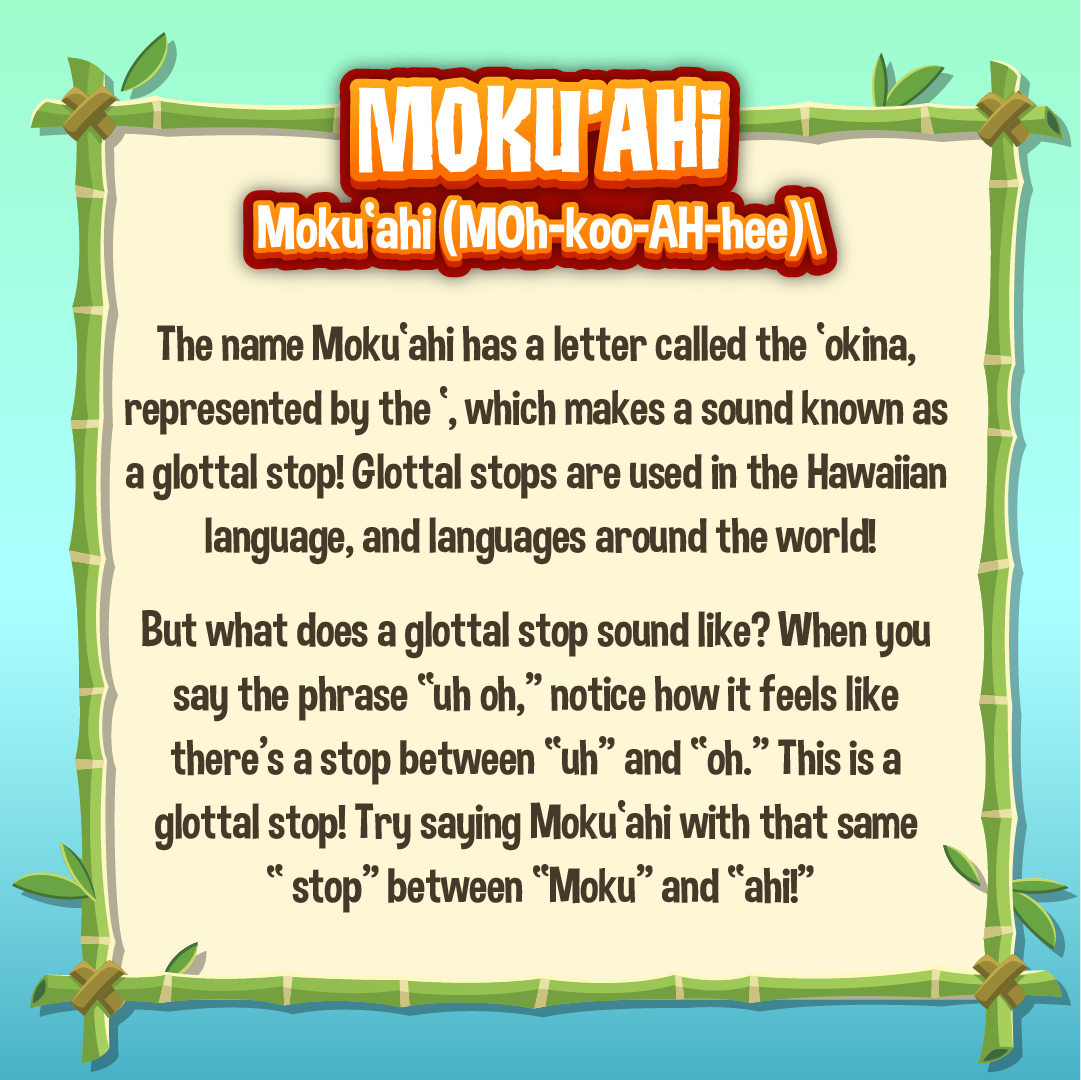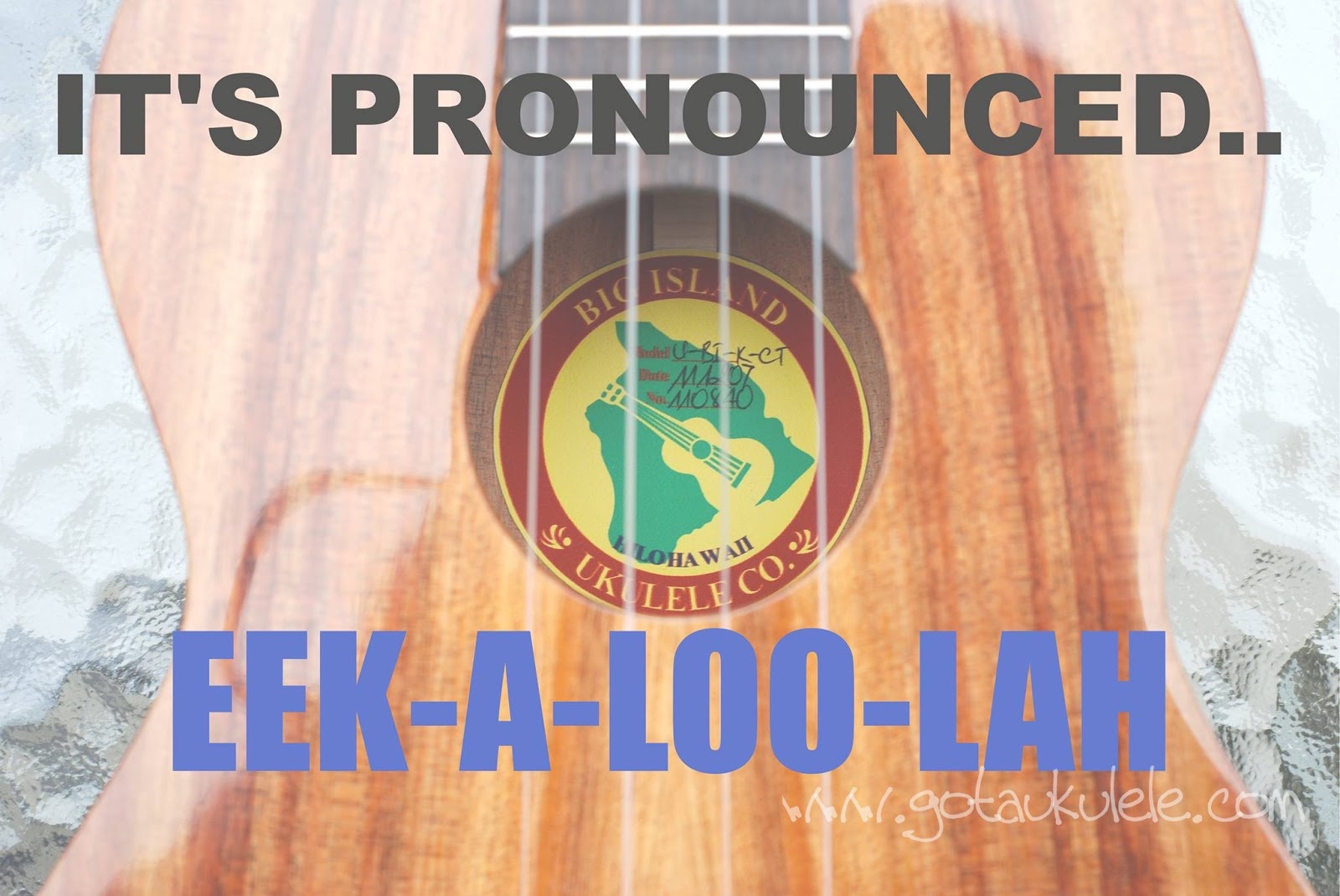
Use the footmark () for the okina, but do not display macronsĬlick on the links above and watch the demo text below change.Your setting selection will be maintained for this browser and this session only. In that case, you can choose either to use a foot mark (')Īs an approximation of the okina or display text without diacritical marks. If not, they will generallyĪppear as boxes or question marks.

You may be able to display Hawaiian diacritical marks.

Choose the level of Hawaiian font displayĭepending on your browser, operating system and installed fonts, (See UH Style Guide.) Technology, however, is still catching up. The State of Hawaii and University of Hawaii strongly encourage For example 'pau,' depending on placement of okina and kahako,Ĭan mean completed, smudge, moist or skirt. The kahako is a macron, which lengthens and adds stress to The syllables of "oh-oh." In print, the correct mark for designating an okina The okina is a glottal stop, similar to the sound between Take your time, both driving, and “talking story.” Discover the island with aloha and be safe.The Hawaiian language uses two diacritical markings. Speed limits are low, and if you’re on vacation, a change of pace is probably why you’re here. Remember, while you’re driving around Maui, that slowing down to read those long street names is OK. The way that you’ll most likely hear it pronounced is “HIGH-lee-MY-lee.” You’ll also hear some widely accepted pronunciations of Hawaiian words that are incorrect, but most locals use them. Often the authentic pronunciation differs from the casual dialect that has evolved over time. Note that the emphasis on some words will vary from person to person, just as with words in other languages. Kaanapali–properly pronounced in five parts, with the stop between the As, but commonly pronounced in four parts, without the stop between the two As: KA-nah-PAW-lee (or ka-AH-nah-PAW-lee if you honor the okina) Haleakala–broken into 5 parts: Ha-lay-ah-kah-LA Hookele–broken into 4 parts, with the stop happening between the two Os: Ho-oh-KAY-lay Kaahumanu–is another 5 part word: Ka-ah-hu-MAH-noo Honoapiilani–broken up into 7 parts is pronounced: Ho-no-ah-pee-ee-LA-knee Mokulele–broken up into 4 parts is easy to pronounce phonetically: Moe-koo-LAY-lay Try this method with some of these street names and cities: “Au,” (pronounced like “ow”) “ei” (pronounced “ay”) and “ae” (usually pronounced “eye”) are such pairs (called a diphthong). Note that some vowel pairs are not pronounced separately, but together as one sound, unless they are separated by an okina. Look for vowel pairs and syllable couples This is also useful for when the ‘okina is absent from traffic and street signs. (This is also called, for you grammar nerds out there, a glottal stop.) Pronouncing the vowel and consonant sounds separated by the ‘okina allows you to break down the word into shorter, simpler parts, but you can also do this with longer words in which there is no ‘okina. It marks a very brief pause between the syllables of a word, a sound you can hear in the word “uh-oh,” for example. Look for the ‘ okina or break up long words with lots of vowels.Īn ‘okina is a character that resembles an apostrophe or a tiny, upside down, superscript 6. Be assured: there’s a way to get through words that look like vowel soup.

One thing that first-time visitors to Hawaii mention are the seemingly complicated Hawaiian names found on street signs and maps.


 0 kommentar(er)
0 kommentar(er)
